Advancements in Targeted Therapies
The Tasigna Market is significantly influenced by advancements in targeted therapies. These innovations have transformed the treatment landscape for CML, offering patients more effective and personalized options. Tasigna Market, as a targeted therapy, specifically inhibits the BCR-ABL protein responsible for CML progression, leading to improved patient outcomes. The market for targeted therapies has been expanding, with projections indicating a compound annual growth rate of approximately 8% over the next five years. This growth is driven by ongoing clinical trials and research that continue to validate the efficacy of Tasigna Market in various patient demographics. As healthcare providers increasingly adopt these therapies, the Tasigna Market is poised for substantial growth, reflecting a shift towards precision medicine in oncology.
Expansion of Healthcare Infrastructure
The expansion of healthcare infrastructure is a significant driver for the Tasigna Market. As healthcare systems evolve and improve, access to advanced treatment options like Tasigna Market becomes more widespread. Investments in healthcare facilities, particularly in emerging markets, are enhancing the availability of specialized oncology services. This expansion is crucial, as it allows for better diagnosis and treatment of CML, ultimately increasing the patient base for Tasigna Market. Moreover, the integration of advanced diagnostic tools and treatment protocols within these healthcare systems is likely to facilitate earlier detection of CML, leading to timely intervention with Tasigna Market. As healthcare infrastructure continues to develop, the Tasigna Market is expected to experience growth, driven by improved patient access and treatment capabilities.
Growing Awareness and Education Initiatives
Growing awareness and education initiatives regarding CML and its treatment options are vital drivers for the Tasigna Market. Increased efforts by healthcare organizations and advocacy groups to educate both patients and healthcare providers about CML have led to earlier diagnoses and treatment initiation. Campaigns aimed at raising awareness about the symptoms and risks associated with CML have proven effective, resulting in a more informed patient population. This heightened awareness is reflected in the increasing number of patients seeking treatment, thereby driving demand for Tasigna Market. Furthermore, educational initiatives that emphasize the importance of adherence to prescribed therapies contribute to improved patient outcomes, reinforcing the role of Tasigna Market in the management of CML and solidifying its position within the market.
Regulatory Support for Innovative Treatments
Regulatory support for innovative treatments plays a crucial role in shaping the Tasigna Market. Regulatory bodies are increasingly recognizing the need for expedited approval processes for breakthrough therapies, which can significantly enhance patient access to effective treatments. For instance, the recent trend towards accelerated approval pathways has facilitated quicker market entry for drugs like Tasigna Market. This regulatory environment encourages pharmaceutical companies to invest in research and development, knowing that their innovative solutions may receive timely approval. As a result, the Tasigna Market is likely to benefit from a more favorable regulatory landscape, which not only supports the introduction of new therapies but also enhances competition among existing products, ultimately benefiting patients.
Increasing Incidence of Chronic Myeloid Leukemia
The rising incidence of chronic myeloid leukemia (CML) is a pivotal driver for the Tasigna Market. As more individuals are diagnosed with this condition, the demand for effective treatment options escalates. According to recent statistics, the prevalence of CML has shown a steady increase, with an estimated 5,000 new cases reported annually in various regions. This growing patient population necessitates the availability of targeted therapies like Tasigna Market, which has demonstrated efficacy in managing CML. Consequently, pharmaceutical companies are likely to invest in research and development to enhance treatment protocols, thereby expanding the Tasigna Market. The increasing awareness of CML symptoms and the importance of early diagnosis further contribute to the rising demand for Tasigna Market, positioning it as a critical player in the treatment landscape.


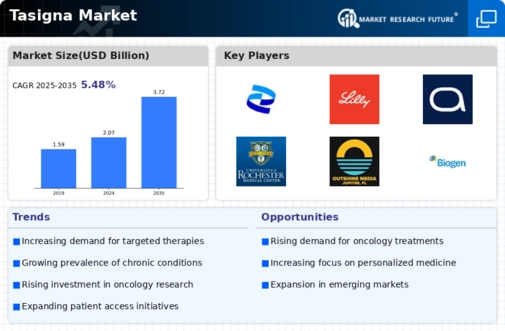
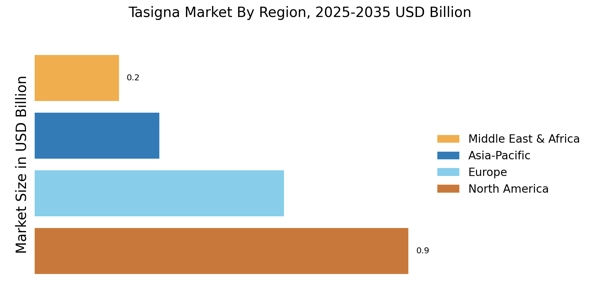
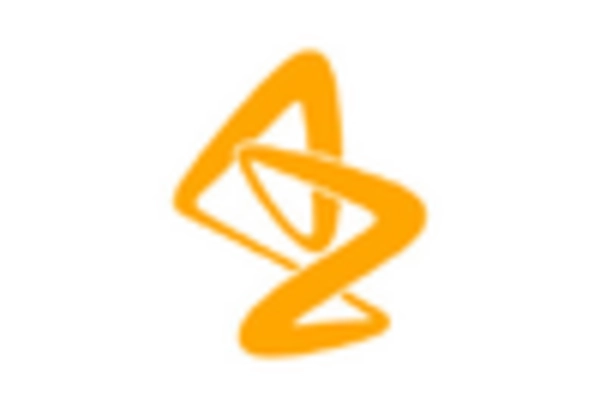
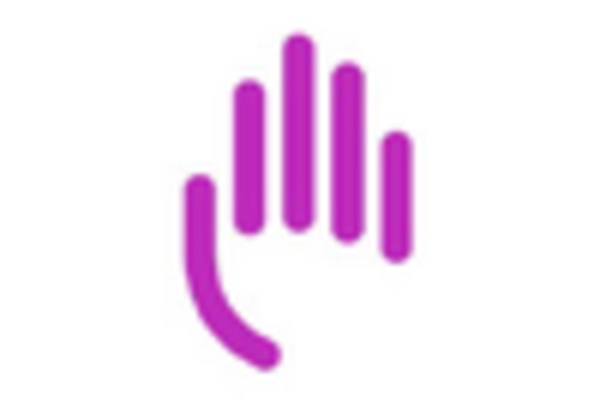
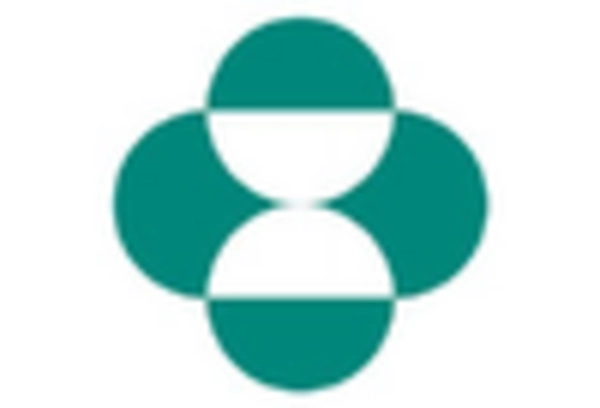
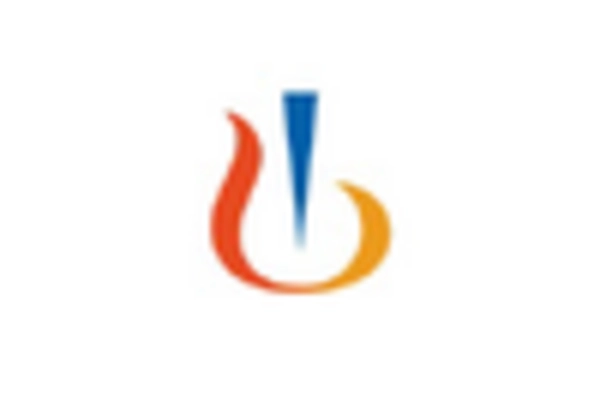

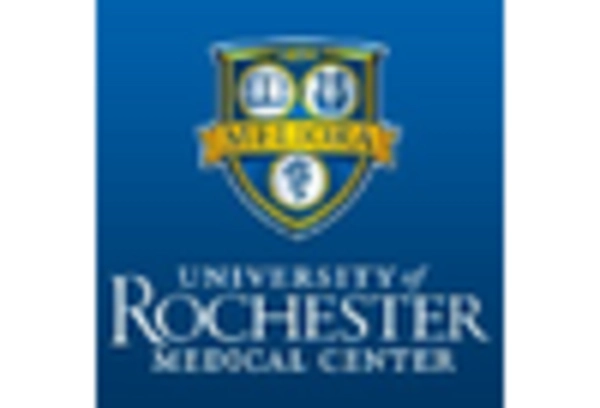








Leave a Comment